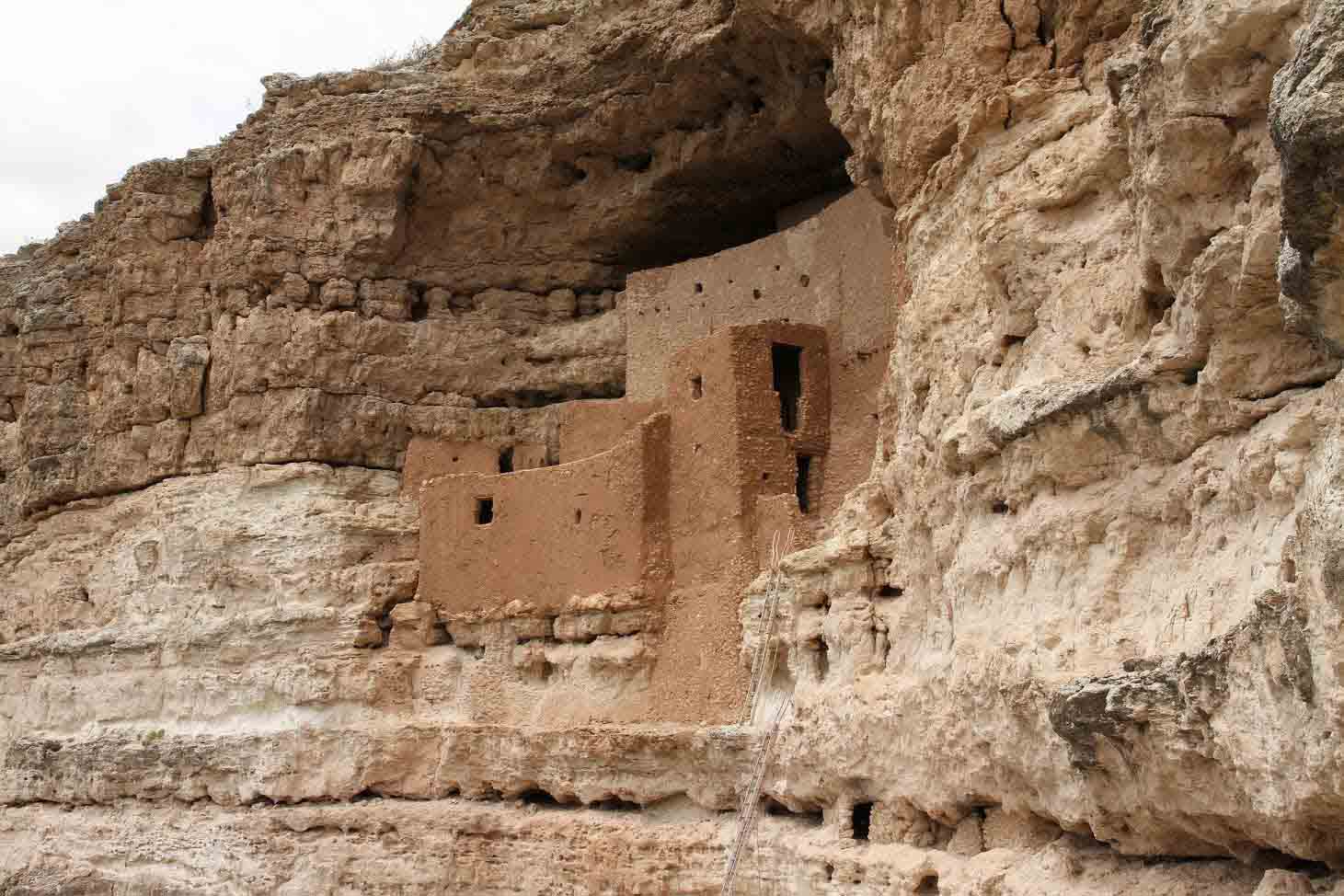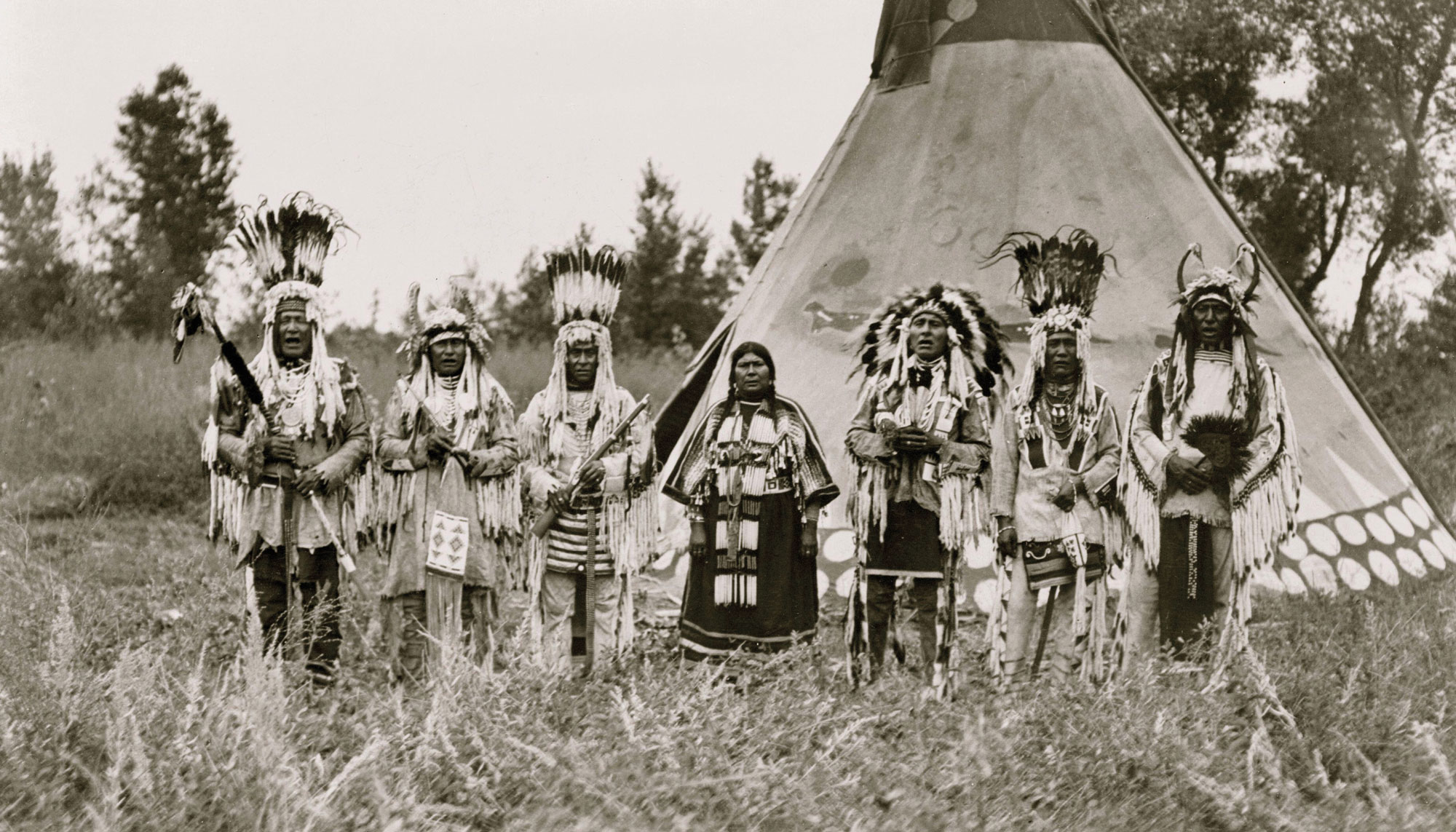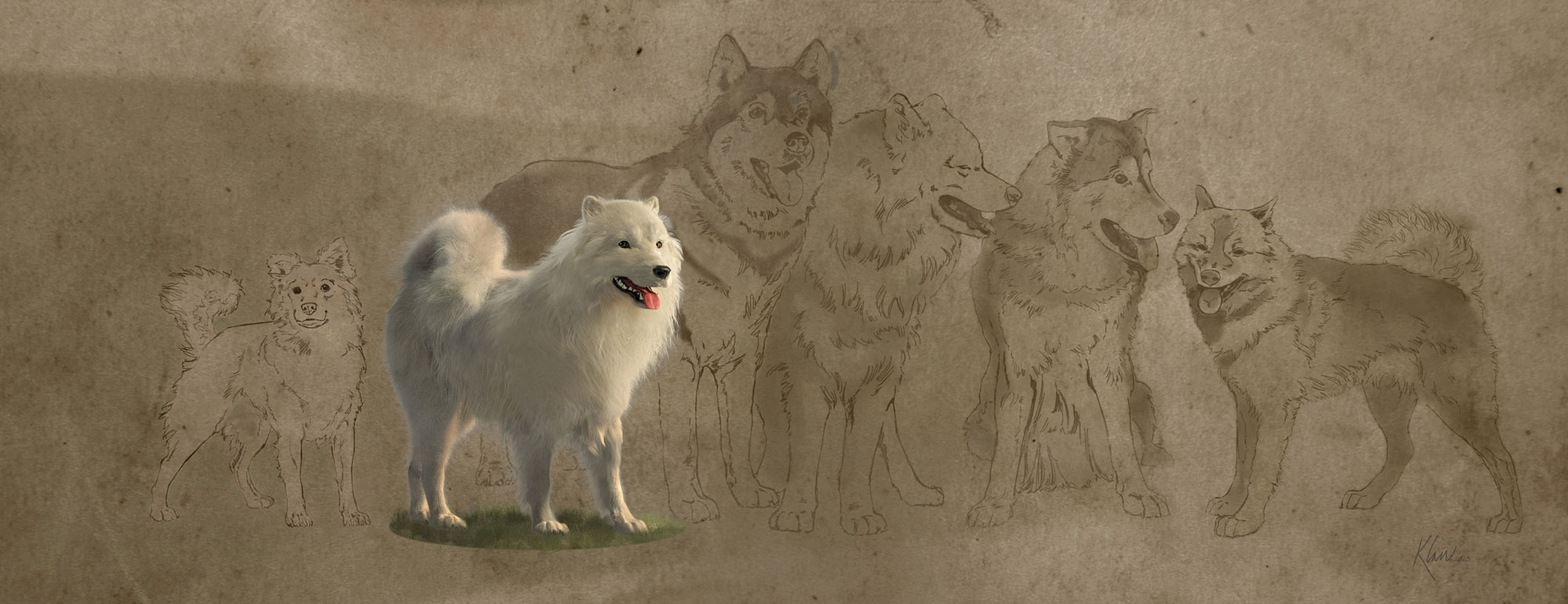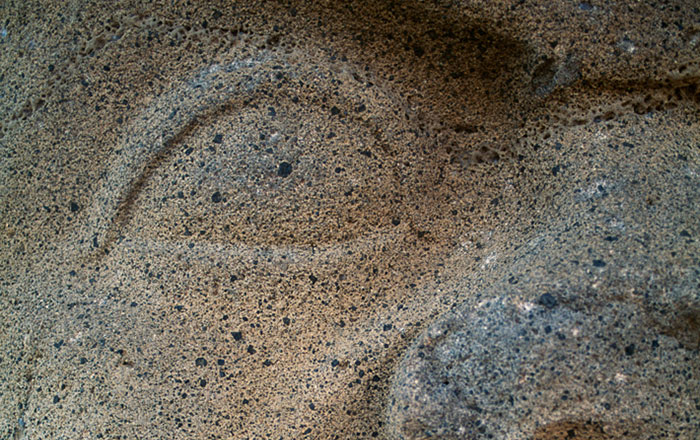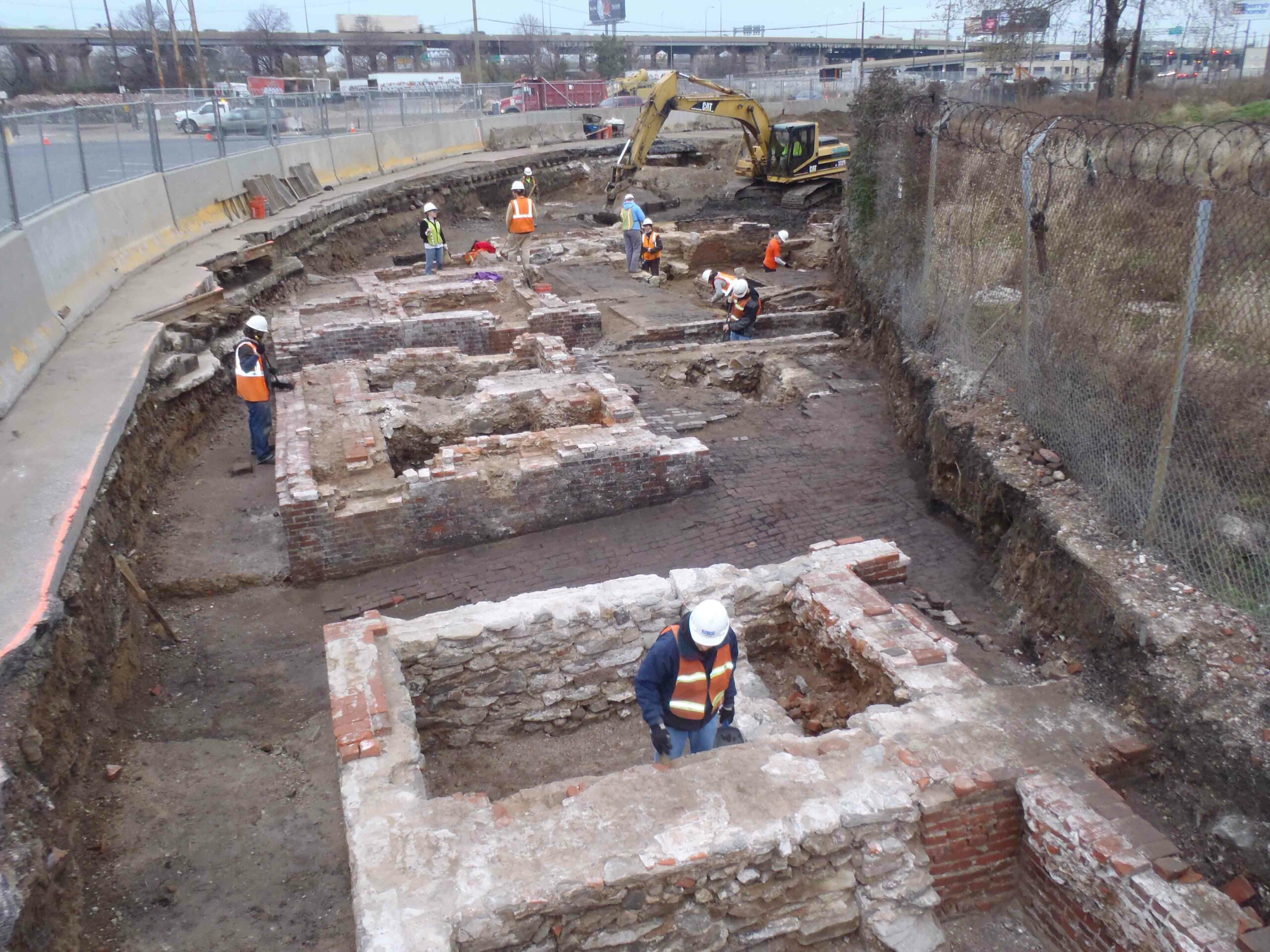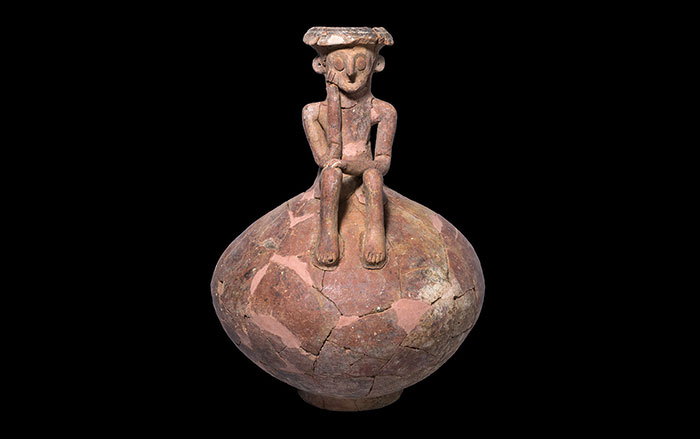
At Montezuma Castle National Monument in central Arizona, a village composed of two cliff dwellings was abandoned sometime in the fourteenth century. Archaeologists who dug the dwellings in the 1930s found evidence for a destructive fire, but concluded that the village burned long after it was vacated. This interpretation clashed with Native American accounts. Hopi people with strong ties to the site recount that their ancestors were attacked and forced to flee, while local Apache oral history holds that ancestral Apaches and their allies stormed the village and set it ablaze.
National Park Service archaeologist Matthew Guebard recently collected new data at one of the dwellings, and reviewed the original excavation reports in an effort to reconcile the conflicting accounts. Dating of charred plaster walls determined that the fire occurred sometime between 1375 and 1395, and analysis of pottery demonstrates that some of the ceramics found there had been made during this period. That led Guebard to believe that the village had been occupied until the time it was destroyed. His reexamination of the remains of four people unearthed in the 1930s shows they have skull fractures, cuts, and singe marks that indicate they were likely killed during an attack that coincided with a catastrophic fire. “The abandonment of the site was inextricably tied to a violent event,” says Guebard, who believes the archaeological evidence supports the Native American version of the ancient village’s demise.


